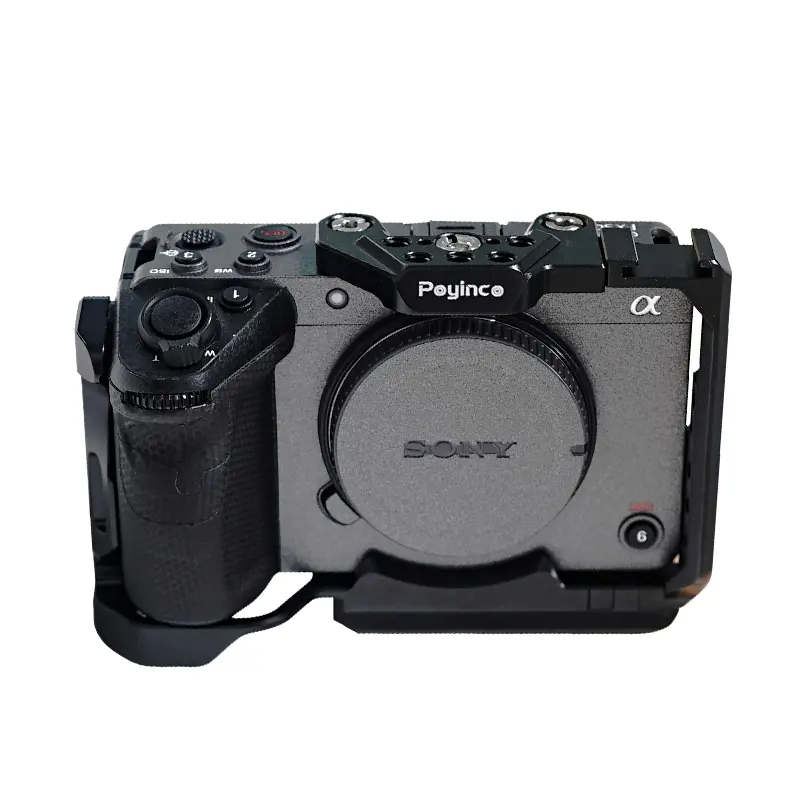

Time:2025-03-19 Views:1

Macro lens adapters are important accessories for photographers who want to capture close - up, detailed images. Their ability to resist impact damage is crucial, especially in situations where they may be exposed to accidental bumps or drops.
Materials Used in Construction
The materials used in the construction of macro lens adapters play a significant role in their impact damage resistance. High - quality macro lens adapters are often made of durable materials such as aluminum alloy or high - strength plastics. Aluminum alloy is popular due to its excellent strength - to - weight ratio. It can withstand a certain amount of impact without deforming or breaking. The alloy is also resistant to corrosion, which is beneficial as it ensures the longevity of the adapter. High - strength plastics, such as polycarbonate, are also used. Polycarbonate has good impact resistance properties and is lightweight. It can absorb and distribute the energy from an impact, reducing the risk of damage to the internal components of the adapter. Some macro lens adapters may also have rubber - like coatings or inserts. These rubber elements not only provide a better grip when handling the adapter but also act as shock absorbers. In case of a minor impact, the rubber can cushion the blow and prevent the adapter from getting scratched or damaged.
Mechanical Design for Impact Resistance
The mechanical design of macro lens adapters is also optimized for impact resistance. The internal structure of the adapter is designed to protect the delicate optical components. For example, the lens - mounting mechanism may be designed with shock - absorbing features. Some adapters have a floating - mount design for the lens, where the lens is mounted on a flexible or spring - loaded mechanism. This allows the lens to move slightly in case of an impact, reducing the stress on the lens elements. The overall construction of the adapter is often rigid yet flexible in certain areas. The body of the adapter is made to be sturdy enough to withstand normal handling and transportation, but at the same time, it may have some flexible joints or sections that can bend or flex under impact, dissipating the energy and preventing damage. Additionally, the connection points between different parts of the adapter are designed to be secure. They are often reinforced or use locking mechanisms to ensure that the adapter does not come apart during an impact.
Testing for Impact Damage Resistance
Manufacturers of macro lens adapters conduct various tests to ensure their impact damage resistance. Drop tests are commonly performed. In a drop test, the adapter is dropped from a certain height onto a hard surface, such as a concrete floor. The height of the drop and the number of drops are carefully controlled. For example, an adapter may be dropped from a height of 1 meter, and the test may be repeated several times. After each drop, the adapter is inspected for any signs of damage, such as cracks, dents, or misalignment of the lens - mounting mechanism. Vibration tests are also carried out. The adapter is subjected to vibrations of different frequencies and amplitudes to simulate real - world conditions where it may be exposed to vibrations during transportation or use. These tests help to ensure that the adapter can maintain its performance and integrity even under challenging conditions.
Read recommendations:
camera cage side handle Wholesale market
Camera Cooling Fan Wholesale price